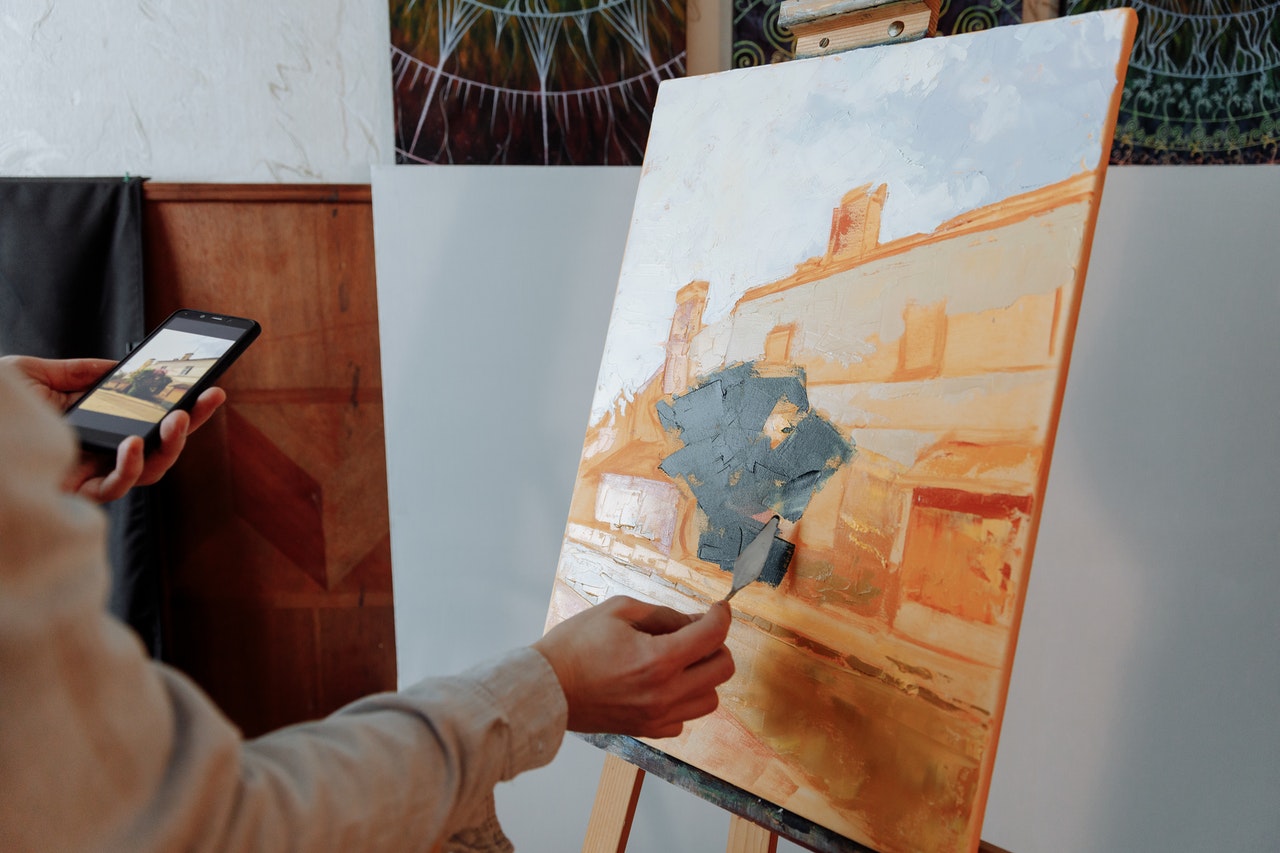The Most Famous Illusionists
In the world of theatrical magic, misdirection is an art of deceit that draws audience attention to one object to divert attention from something else. Controlling attention of the audience is the goal of every theater, and the foremost prerequisite for all magic shows. Whether the magic is of the “pocket trick” variety or the stage is a major productionthat relies on misdirection, it is the primary key to the success. The term describes either the result (the the focus of the observer on the unimportant object) or the sleight-of-hand or patter (the magician’s speech) which creates the illusion.
It’s hard to pinpoint who was the first person to coin the phrase, however an early reference to misdirection appears in the writing of an influential writer and illusionist, Nevil Maskelyne: Admittedly, it is a method of distracting the spectator’s senses, to block out from detection certain details in which confidentiality is essential. Around the same time, the magicianand artist Tarbell noted, Nearly the whole art of illusion relies on the art of misdirection.
Magicians who have studied and evolved misdirection techniques includes Malini, Derren Brown, Juan Tamariz, Tony Slydini, Tommy Wonder along with Dai Vernon.
Henry Hay describes the chief act of conjuring as a manipulating interest.
Many magicians misdirect audience attention in two basic ways. One leads the audience to turn their attention away for a short moment, so they aren’t aware of a act or gesture. Another approach alters the viewers’ perceptions, leading them into thinking that something else is a significant factor in the accomplishment of the feat but it actually isn’t a factor in the outcome in any way. Fitzkee says that the real talent of the magician is in the talent he exhibits in influencing the spectators mind. In addition, sometimes, props like a magic wand aids in misdirection.

Misdirection is at the heart of nearly all successful magic. Without misdirection, even a mechanical device or the most proficient sleight-of-hand is unlikely to produce an illusion of true magic.
Misdirection makes use of the limitations of human brains to give the wrong picture and memory. The brain of a typical person in the audience can only concentrate on one thing at the time. The magician makes use of this to influence the audience’s ideas or perceptions of sensory inputand lead them to make false conclusions.
Some magicians have debated the meaning of the term, misdirection, causing a great deal of discussion about the meaning of it and how it functions. Proficient illusionist Jon Finch made a distinction between direction and misdirection. The first is a negative phrase, while the other is a positive. In the end, he sees the two as the same thing. If a performer any means, has led the thoughts of the audience to the conclusion that he did something that he’s not done, he’s wrongly directed them into this beliefand, consequently, misdirection.
Tommy Wonder has pointed out that it is much more effective, from the magician’s perspectiveto focus on the purpose of directing the attention of the audience. He writes that misdirection implies wrong direction. It suggests that attention is directed away towards something. When we keep using this termit becomes it is ingrained into our brains that we may begin to think that misdirection is directing attention away from rather than toward something.
Tony Slydini said that if the magician believes that, the audience will believe in it, and the magic they can’t see. Misdirection is true when they believe what the magician does and then follow the magician. read more about misdirection


